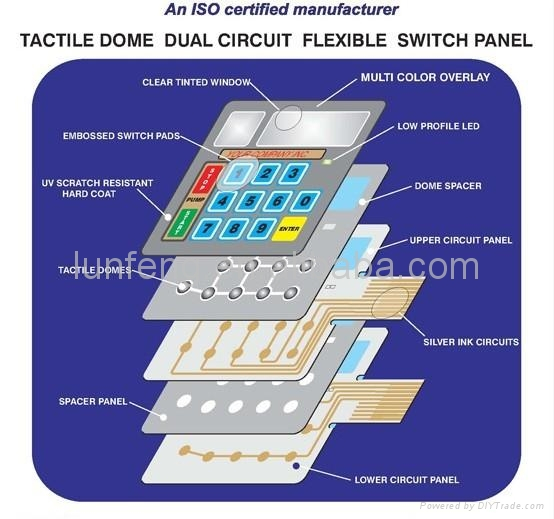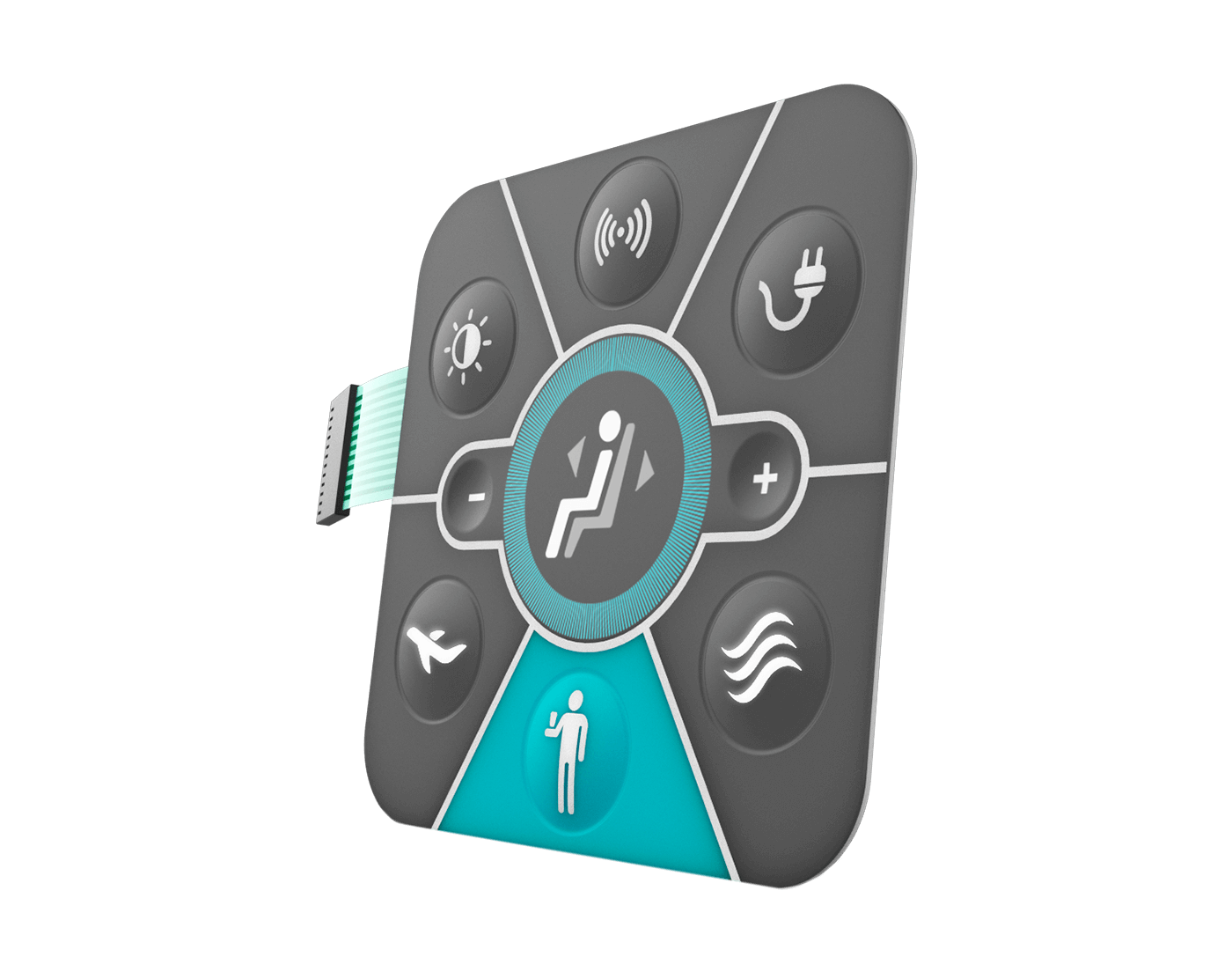Exploring the Future of Membrane Switches in Emerging Technologies
Exploring the Future of Membrane Switches in Emerging Technologies
Blog Article
Comprehending the Significance of Membrane Switches in Customer Interfaces
Membrane switches are indispensable elements in the design of efficient user interfaces, facilitating not just performance but likewise enhancing aesthetic allure and individual communication. Their distinct attributes, such as resistance to environmental variables and customizable layouts, make them ideal for a diverse variety of applications throughout multiple markets. As we discover the different benefits and future fads connected with Membrane modern technology, it becomes clear that these switches are a lot more than simply components; they represent a merging of innovation and practicality. The ramifications of this modern technology on user experience are worth taking a look at better.
What Are Membrane Switches?

The spacer layer, which has sticky residential properties, enables the separation of the circuit layer from the overlay, guaranteeing that the button continues to be in a non-activated state up until pressed. When stress is used to the overlay, it compresses the spacer layer, linking the space and completing the circuit in the underlying layer. This layout not just decreases the physical space needed for conventional mechanical switches however likewise boosts the toughness of the gadget, as Membrane buttons are generally immune to dust, dampness, and other environmental elements.
Frequently found in applications varying from consumer electronic devices to medical tools, Membrane buttons are essential to modern-day technology, giving a effective and user-friendly user interface that aligns with modern layout demands.
Benefits of Membrane Buttons
While numerous switch modern technologies exist, Membrane Switches deal distinct benefits that make them specifically desirable in different applications. Among the primary advantages of Membrane buttons is their compact style, which permits space-saving applications in tools where realty is limited. Their slim account not only enhances visual allure but likewise promotes light-weight construction.
One more substantial advantage is their resistance to environmental aspects. Membrane buttons are typically sealed against wetness, dirt, and impurities, making them perfect for use popular settings, such as clinical devices and industrial equipment. This sturdiness expands the life-span of the button, reducing maintenance costs and enhancing dependability.
Additionally, Membrane buttons can be personalized to satisfy details layout needs, including unique graphics and shades that boost user interaction. Their responsive responses alternatives can additionally be customized to give an enjoyable customer experience. In addition, Membrane buttons are economical, especially in high-volume applications, as they can be created effectively.
Applications in Various Industries

In content the consumer electronic devices market, Membrane buttons are common in devices such as microwaves, cleaning devices, and remote controls. Their responsive feedback and visual options boost individual experience while providing a smooth, modern appearance. Additionally, vehicle manufacturers make use of Membrane buttons in control panel controls and infotainment systems, where room is limited, and customer engagement is essential.
Furthermore, the commercial industry leverages Membrane buttons in control panels for machinery and tools, permitting user-friendly procedure in typically severe settings. Their resistance to chemicals and moisture makes sure longevity and dependability in these applications. On the whole, the adaptability of Membrane Switches adds significantly to their extensive usage, making them indispensable in different technical domain names.
Design Considerations for Membrane Buttons

When designing Membrane switches, several essential considerations need to be taken into consideration to make certain optimal functionality and user experience. The selection of products is important; choosing long lasting, top notch substratums can improve the switch's longevity and resistance to environmental variables such as dampness and temperature level changes.
Secondly, the design of the visuals overlay need to prioritize quality and convenience of usage. Icons and text have to be understandable, and the design ought to help with intuitive communication (membrane switches). Furthermore, tactile feedback is crucial; including a tactile dome or other devices can improve the user experience by giving physical verification of activation
One more important variable is the switch's electrical efficiency. Designers have to make sure that the conductive traces are correctly designed to lessen resistance and avoid signal disturbance. This includes assessing the needed actuation force and making sure compatibility with the electronic parts they will user interface with.

Future Trends in Membrane Technology
As innovation proceeds to advancement, Membrane buttons are poised to advance considerably, driven by advancements in materials and producing strategies. One emerging pattern is the consolidation of sophisticated materials, such as flexible substrates and conductive inks, which boost resilience and minimize the overall weight of Membrane switches. These products not just improve the tactile reaction yet additionally allow for the style of buttons that can hold up against harsher environmental conditions.
Moreover, the assimilation of touch-sensitive technologies is transforming conventional Membrane Switches into even more interactive customer interfaces. Capacitive touch sensing units installed within Membrane button panels can provide a more user-friendly and receptive customer experience, straightening with the expanding need for streamlined, modern designs in consumer electronics.
Additionally, developments in printing techniques, such as digital and 3D printing, enable rapid prototyping and customization of Membrane switches. This flexibility allows manufacturers to react quicker to market needs and customer choices.
Finally, why not look here sustainability is ending up being a considerable focus, with producers exploring environmentally friendly materials and procedures. As these fads unravel, the future of Membrane technology promises boosted performance, visual charm, and environmental responsibility, strengthening their duty in sophisticated individual interfaces across numerous markets.
Final Thought
In conclusion, Membrane Switches represent an essential component in the layout of user interfaces, integrating functionality with aesthetic adaptability. As developments in modern technology proceed, the development of Membrane buttons is expected to additional improve user interfaces, driving advancement and boosting usability in a progressively intricate technological landscape.
Membrane buttons are indispensable components in the style of reliable user interfaces, helping with not just capability but also improving visual allure and customer interaction.Membrane Switches serve as a crucial part in various user interfaces, helping with a seamless communication in between customers and digital tools.While numerous switch innovations exist, Membrane Switches offer unique advantages that look what i found make them especially preferable in different applications.In addition, Membrane buttons can be tailored to fulfill details layout needs, including unique graphics and colors that enhance user communication.In verdict, Membrane Switches stand for a crucial element in the style of individual interfaces, integrating functionality with aesthetic flexibility.
Report this page